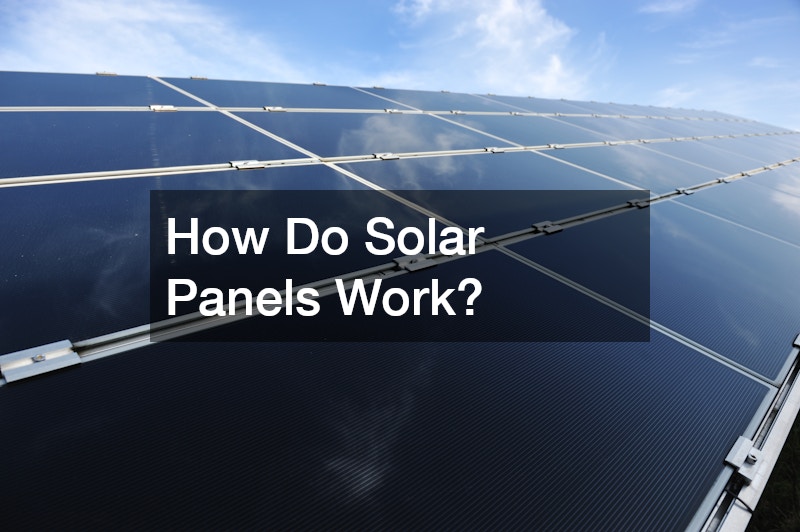Solar panels, also known as photovoltaic (PV) panels, are designed to capture the sun’s energy and convert it into electricity. This technology is increasingly popular for generating clean, renewable energy, contributing significantly to reducing carbon emissions. Here’s a detailed look at how solar panels work.
The Science of Solar Panels
Solar panels are comprised of many smaller units called solar cells, usually made from silicon, a semiconductor that is the second most abundant element on earth. Each solar cell contains a positive layer and a negative layer, which together create an electric field, much like in a battery.
When sunlight hits a solar panel, energy from the light, including particles of light called photons, is absorbed by the solar cells. Each photon of light energy that strikes the silicon cell can release an electron, part of the atoms of which silicon is made. These free electrons move toward the electric field created by the solar cells, which then guides these electrons into an orderly flow. This flow of electrons is what we refer to as electricity.
Converting Solar Energy to Electricity
The electricity generated by solar cells is direct current (DC) electricity. However, most homes and businesses use alternating current (AC) electricity. To convert DC into AC, a device called an inverter is used. Once the electricity has been converted to AC, it can be used to power lights, appliances, and other devices in your home.
Connecting to the Grid
Most solar energy systems are connected to the electrical grid. When the system produces more electricity than needed, the excess can be sent back to the grid, and in many places, utilities will credit homeowners for this excess electricity via a system known as net metering. During times when the solar panels are not producing sufficient electricity (like during the night or on very cloudy days), electricity from the grid can be used to keep the power supply consistent.
Efficiency and Enhancements
The efficiency of solar panels—their ability to convert sunlight into electricity—is continually improving thanks to technological advances. Most standard solar panels convert about 15% to 20% of the sun’s energy they absorb into electricity. However, high-efficiency panels can convert more, which is beneficial in areas with limited space for panels.
Innovations such as bifacial solar panels, which capture sunlight on both the front and back of the panel, and solar tracking systems, which tilt the panels to follow the sun and maximize exposure, also enhance energy production.
Environmental Impact
Solar panels are a significant component of the global shift towards renewable energy. By converting the sun’s rays into clean electricity, they produce power without direct emissions or pollutants. Over time, the use of solar panels can significantly decrease the reliance on fossil fuels, reduce carbon footprints, and contribute to a more sustainable future.
Watch the video above to learn more about the solar panels Arizona homeowners depend on!.






